Using a political economy perspective, this paper establishes the strong relationship between rice and politics and explains recent developments in the Philippine rice landscape. Results of the analysis show that the price of rice has been a significant determinant in election results since the 1950s, with the exception of 1998, where despite stable prices, the presidential candidate from the incumbent administration failed to win the elections. In addition, reliance by the Philippine government primarily on price instruments to achieve its rice objectives and to protect farmer and consumer interests has not resulted in any substantial improvements in rice production. In fact, the shift to rice protection since the 1980s has failed to stabilize domestic rice prices and has penalized the poor. If the Philippines is to achieve sustained, stable rice supply at low prices and, at the same time, promote rice consumer and producer welfare, the adoption of a private-focused, market-based regulatory regime without a rice trading parastatal (but with rice emergency reserves, not for price stabilization) remains a long-term objective.
Citations
This publication has been cited 13 times
- Balié, Jean and Harold Glenn Valera. 2020. Domestic and international impacts of the rice trade policy reform in the Philippines. Food Policy, 92(C). Elsevier.
- Briones, Roehlano M. and Beulah Dela Pena. 2015. Competition reform in the Philippine rice sector. Discussion Papers DP 2015-04. Philippine Institute for Development Studies.
- Cuaton, Ginbert and Laurence L. Delina. 2022. Two decades of rice research in Indonesia and the Philippines: a systematic review and research agenda for the social sciences. Palgrave Communications. 9, No. 1, 1-21 . Palgrave Macmillan.
- de Guzman, Rosalina G. et. al. 2010. Incorporating regional rice production models in a simulation model of rice importation: A discrete stochastic programming approach. Philippine Journal of Development PJD 2009 36, no. 1. Philippine Institute for Development Studies.
- de Guzman, Rosalina G. et. al. 2009. Incorporating regional rice production models in rice importation simulation model: A stochastic programming approach. Discussion Papers DP 2009-28. Philippine Institute for Development Studies.
- Grabowski, Richard. 2015. Economic strategy and agricultural productivity. Journal of Social and Economic Development, 17, No. 2, 167-183. Springer.
- Hoang, Hoa K. and William H. Meyers. 2015. Price stabilization and impacts of trade liberalization in the Southeast Asian rice market. Food Policy, 57(C), 26-39. Elsevier.
- Mataia, Alice B. et. al. 2020. Rice value chain analysis in the Philippines: Value addition, constraints, and upgrading strategies. Asian Journal of Agriculture and Development, 17, no. 2. Southeast Asian Regional Center for Graduate Study and Research in Agriculture (SEARCA).
- Mina, Christian D. and Celia M. Reyes. 2009. Profitable use of SCF in a policy context: The case of rice stockholding in the Philippines. Discussion Papers DP 2009-09. Philippine Institute for Development Studies..
- Reyes, Celia M. and Christian D. Mina. 2009. Profitable use of SCF in a policy context: The case of rice stockholding in the Philippines. Development Economics Working Papers 22686. East Asian Bureau of Economic Research.
- Reyes, Celia M. et.al. 2009. Analysis of the impact of changes in the prices of rice and fuel on poverty in the Philippines. Development Economics Working Papers 22687. East Asian Bureau of Economic Research.
- Senate Economic Planning Office. 2012. Subsidizing the national food authority: Is it a good policy?. Working Papers id:4814. eSocialSciences.
- Sobrevinas, Alellie B. et. al. 2009. Analysis of the impact of changes in the prices of rice and fuel on poverty in the Philippines. Discussion Papers DP 2009-07. Philippine Institute for Development Studies.

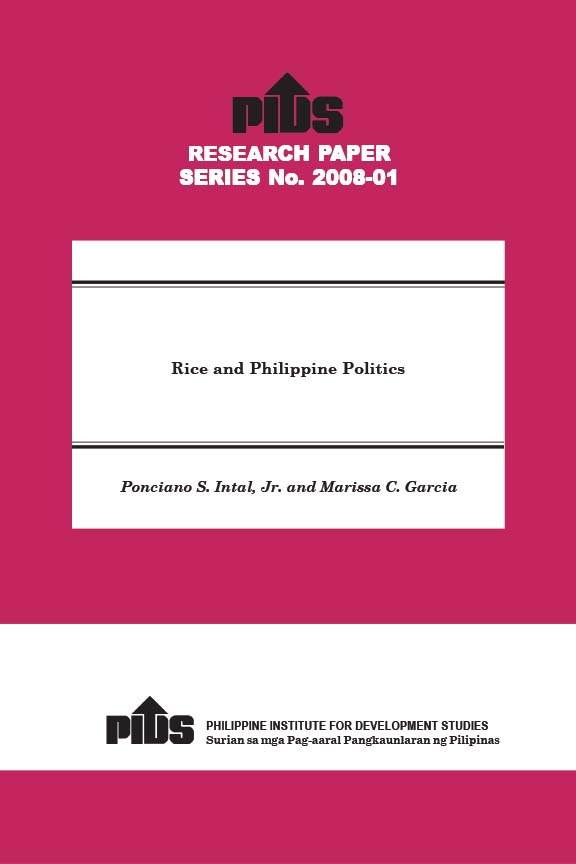
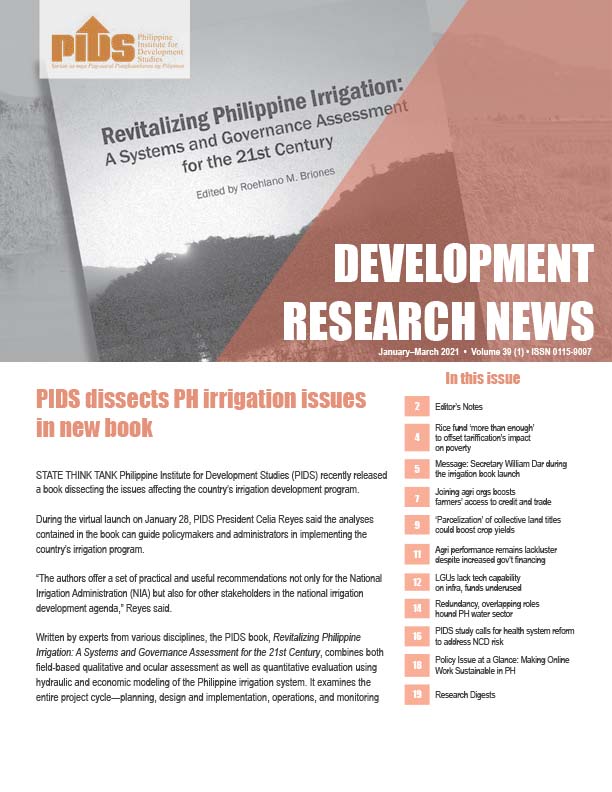
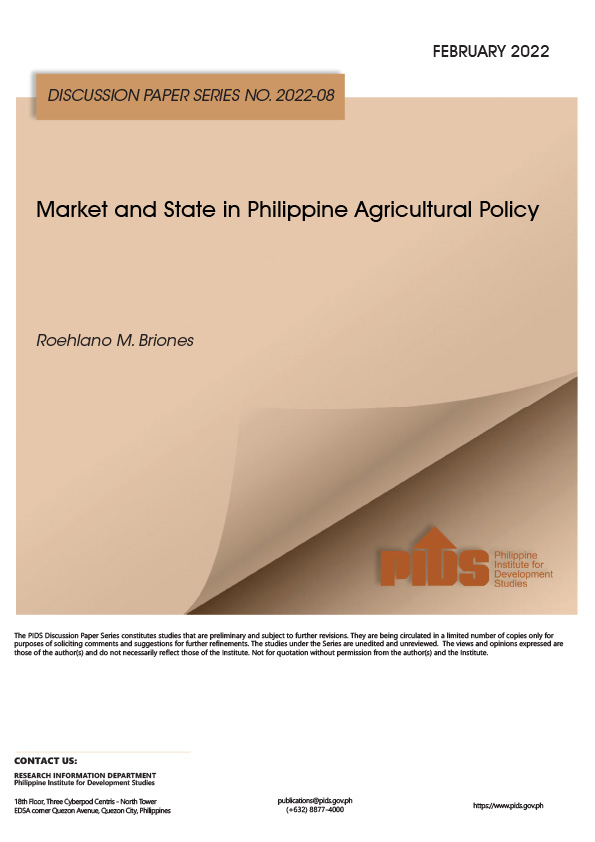
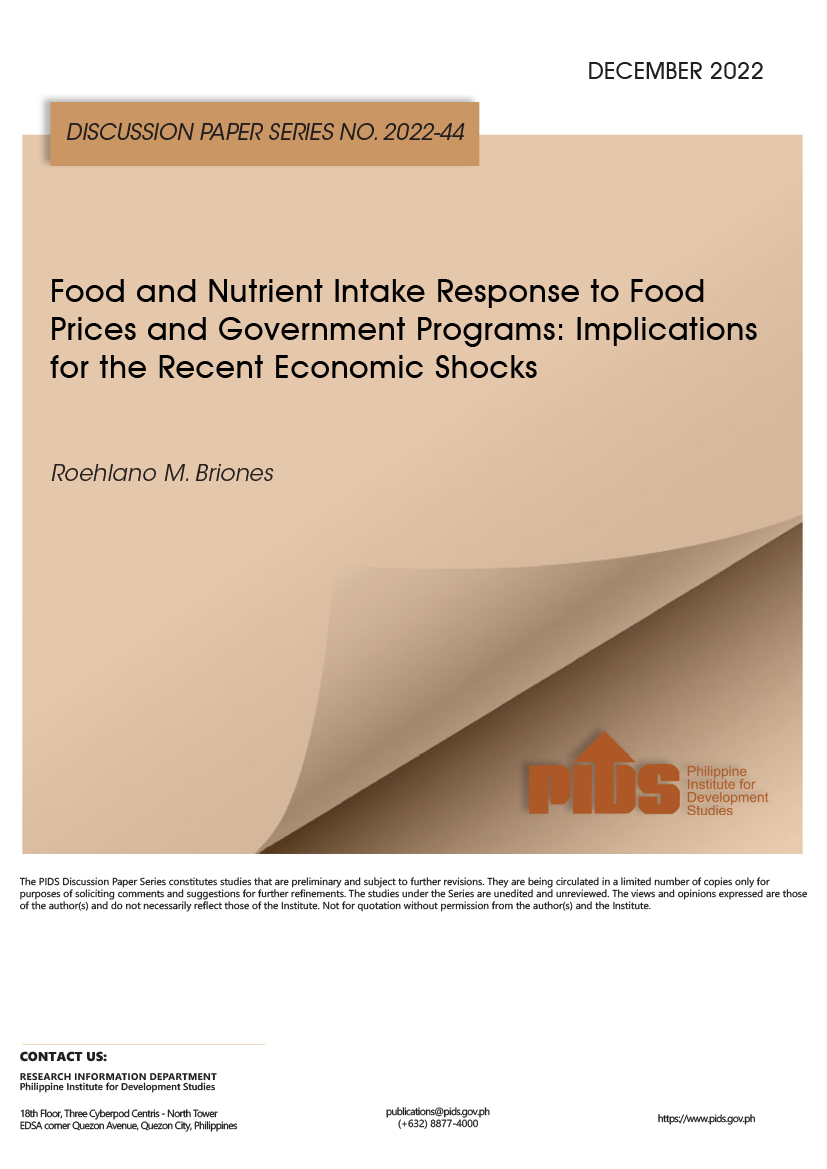
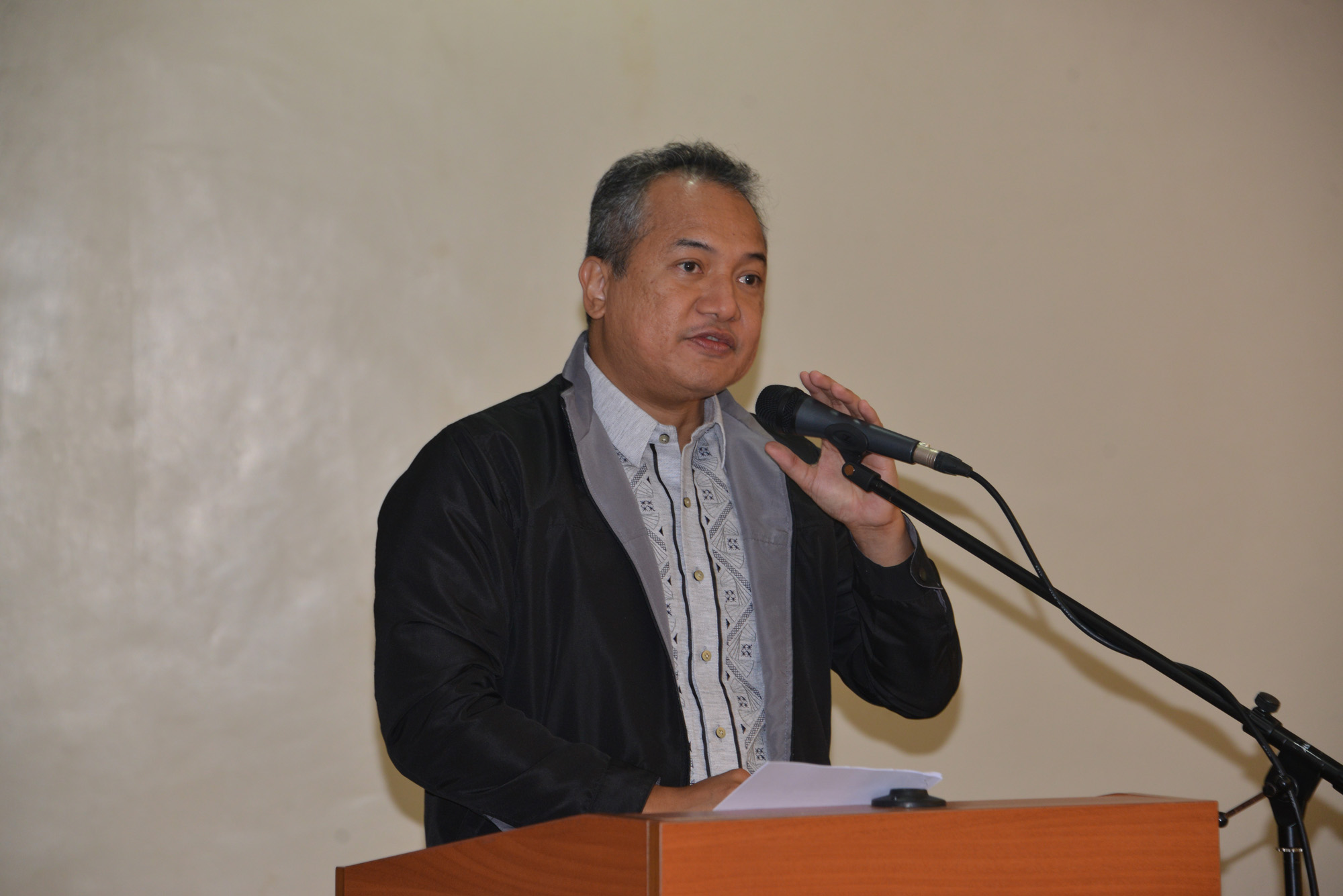
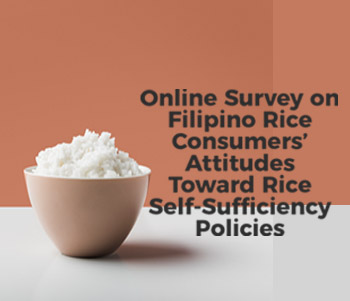
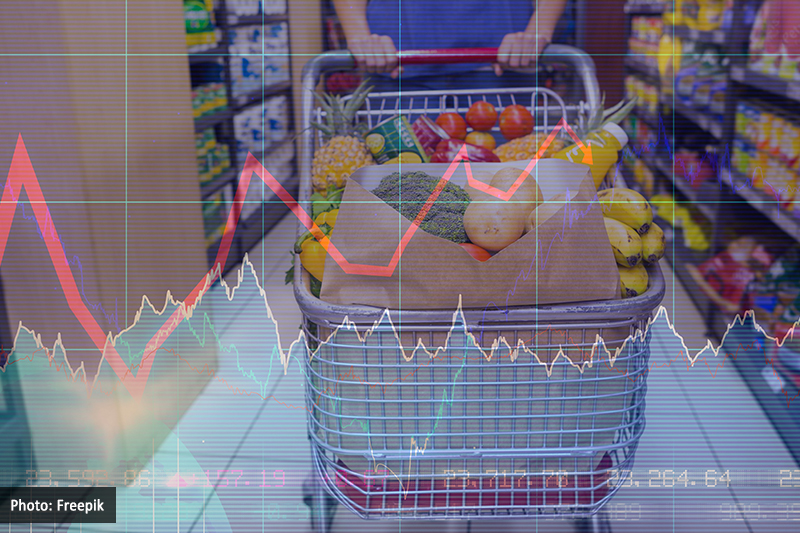
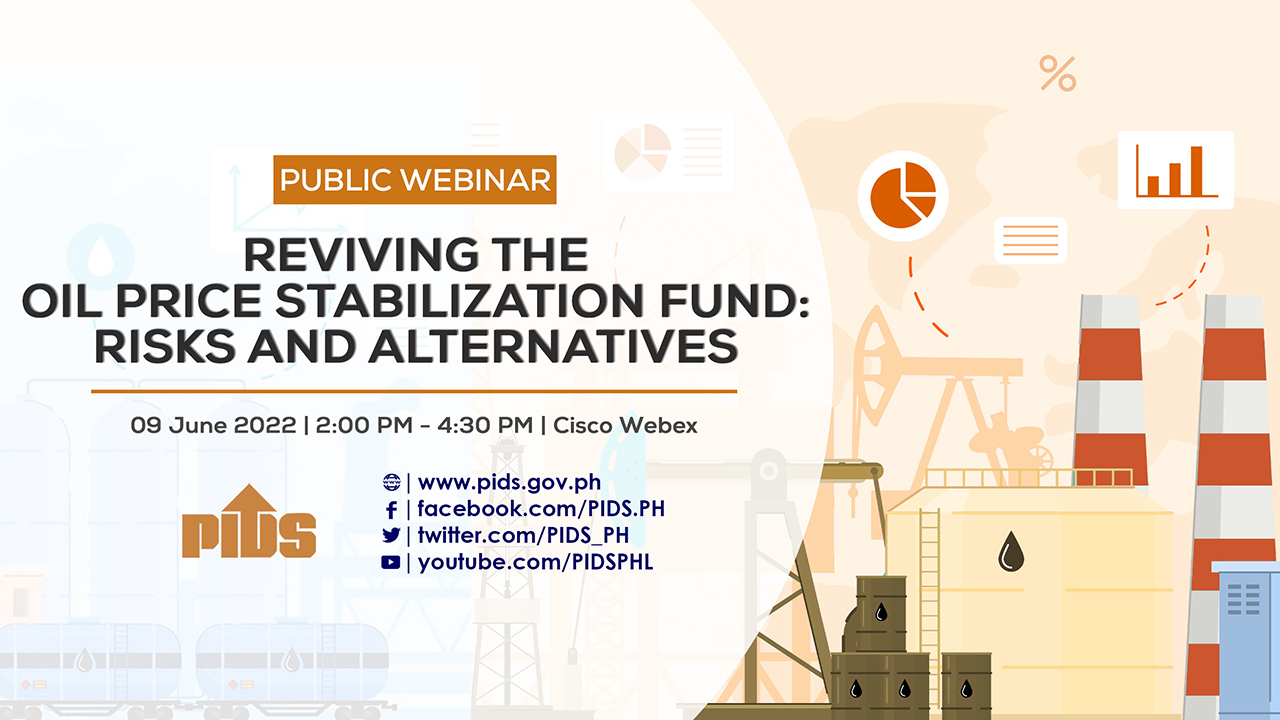


.jpg)

